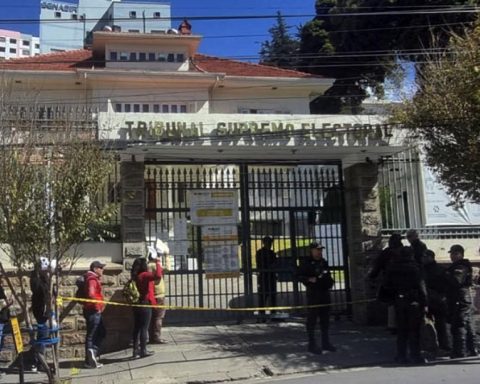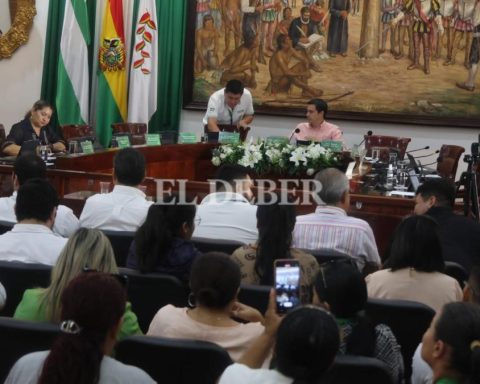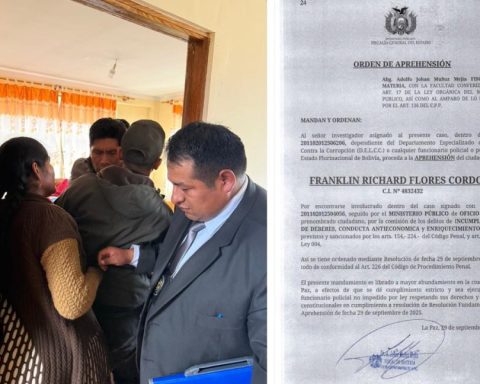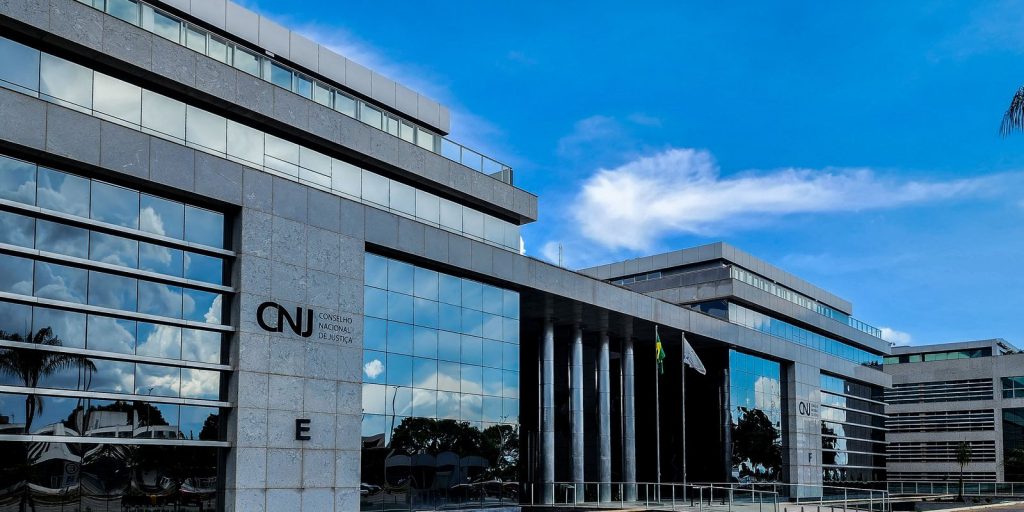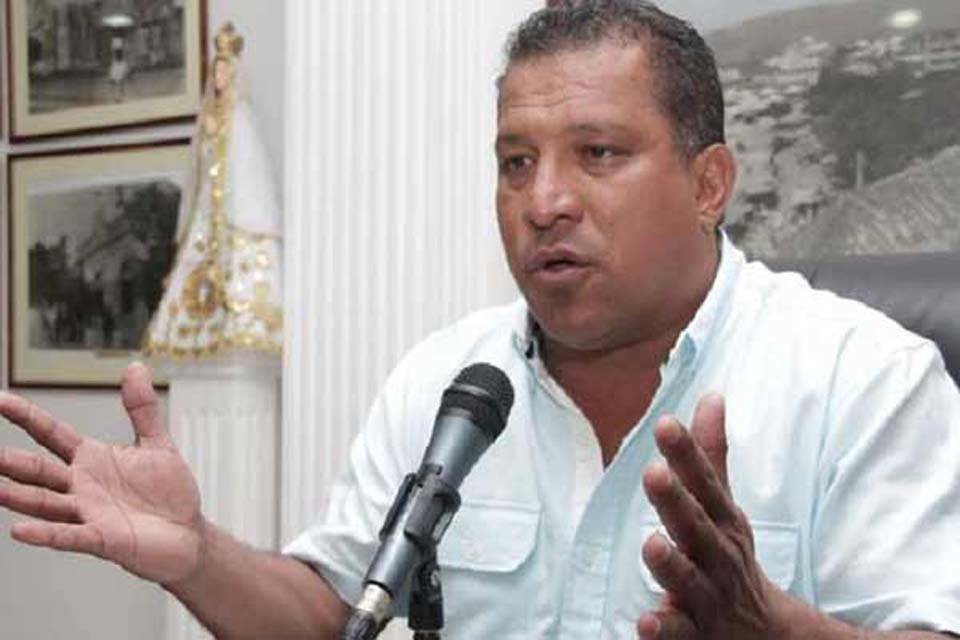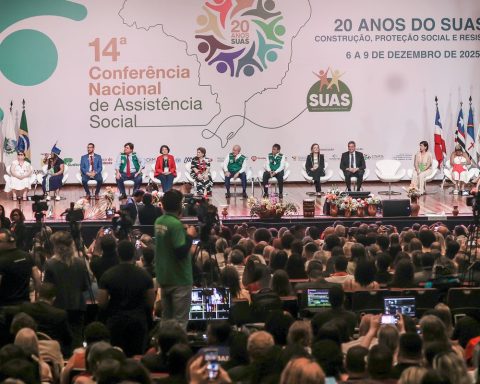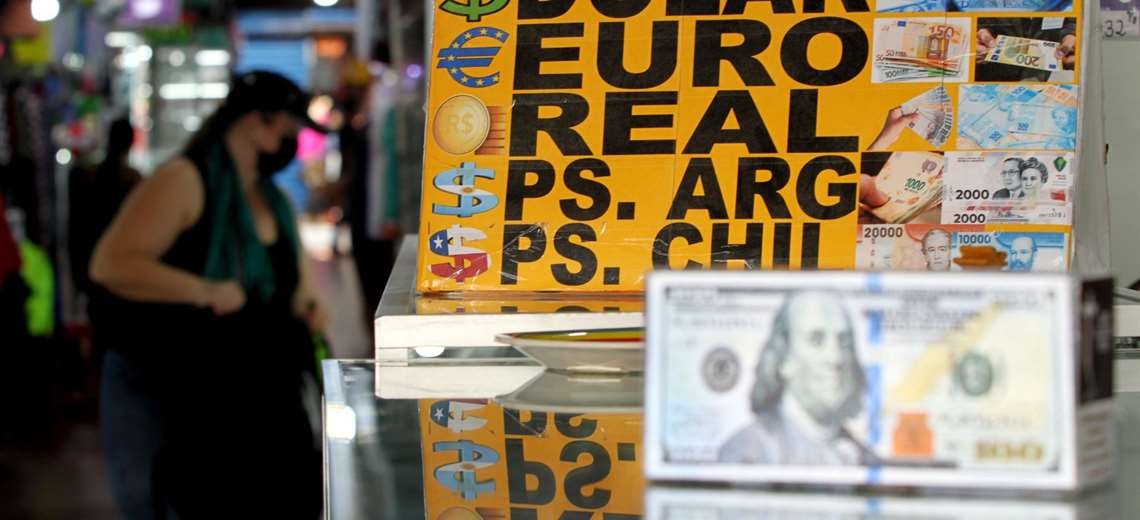
November 29, 2024, 4:00 AM
November 29, 2024, 4:00 AM
The food industry, to deliver its product to the final consumer, must import certain inputs such as packaging, flavorings and freezers. Metalworking must also turn its gaze to the outside for the purchase of steel bars, wires, electrically conductive cables and different tools. National manufacturing also depends on foreign inputs such as certain fabrics, threads, machines and clothing spare parts.
All these productive sectors have the same need: dollars and usually in large quantities and on a constant basis.
In this situation of shortage of foreign currency and its high price, to avoid speculation, the Financial System Supervision Authority (ASFI), determined that the Financial Intermediation Entities (EIF), for transfers in dollars of up to $us 1,000 do not charge, while for the For amounts greater than $us 1,000, commissions will range between 5% and 10%.
However, this percentage according to the National Chamber of Industries (CNI) and the National Chamber of Commerce (CNC), They do not represent the reality that importers must deal with.
Pablo Camacho, president of the CNI, explained that in Currently the costs to obtain dollars exceed 50%, Although “commissions are regulated, there are expenses and costs that are outside the financial system, but are part of what importers must pay to obtain dollars.”
“Commissions exceed 50% and affect industrial production costs, since money is sent abroad mainly for the acquisition of raw materials and inputs,” said Camacho.
In turn, Jaime Ascarrunzpresident of the CNC, specified that the commissions for the transfer of dollars abroad reached 50%
“These commissions actually covered the bank’s cost to acquire dollars in the parallel market. With the regulation on commissions imposed by ASFI since February of this year, these remain between 5% and 10% for transfers in dollars. This limitation has meant that banks cannot carry out foreign trade operations normally, which has become another problem for importers. that in many cases they do not have a way to make payments to their suppliers. For this reason, many of our associates would prefer that these commissions be released,” said Ascarrunz.
However, German Molina, economic analyst, highlighted that The costs charged by large intermediaries outside of financial entities “easily exceed 50%, That is why each time the situation of the business community that must import is unsustainable.”
Gary Rodriguez, general manager of the Bolivian Institute of Foreign Trade (IBCE), specified that the shortage of the dollar and the consequent The increase in its price impacts all sectors due to the increase in costs when making payments abroad, “for example, for the contracting of transportation services, ports, storage, forwarders and commissions, affecting its competitiveness.
Regarding the payment of commissions, Rodríguez indicated that “It only reflects the gap between the official market, where the dollar is cheap but scarce, being almost non-existent, and the “black market.”because a free market, strictly speaking, is prohibited, there is no such thing that this is a market solution, since the banks buy expensive dollars and cannot sell them cheap, then the figure of the commission appears, which makes such a transaction viable. ; If this were not the case, the banks would not be able to buy a very expensive dollar to sell it for Bs 6.97, which is the maximum allowed by the ASFI.”
According to Ascarrunz The shortage of foreign currency is the result of excessive fiscal spending by the public sector.
“The solution must come from reducing the fiscal deficit. As long as this problem is not addressed, foreign currency will continue to be in short supply. and its price will continue to grow. Unfortunately, the budget that the government has presented for the 2025 administration continues to insist on maintaining an extremely high fiscal deficit,” he lamented.
Camacho pointed out that the problem is of substance and structurely refers to the balance of payments current account deficit position.
“The Bolivian economy imports more than it produces, which generates foreign currency deficits in the national market. To promote economic reactivation, it is necessary to have a public-private vision that allows for an adequate energy policy. to national demand, promote exports with added value, modernize and adjust the Investment Law, the Labor Code, the Tax Code, the Mining Law and the Hydrocarbons Law,” Camacho stressed.
At the time of stating that the industrial entrepreneurs believe in Bolivia, they invest, produce, contribute with taxes and they generate formal employment, which confirms their willingness to contribute to the economic reactivation and development of the country.


